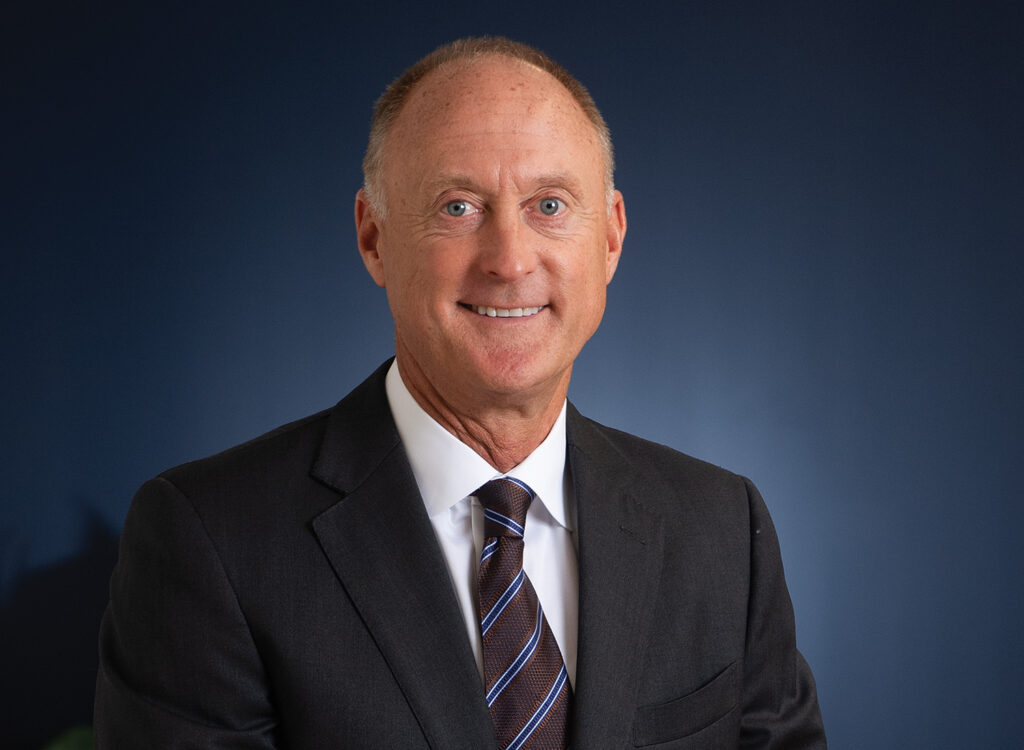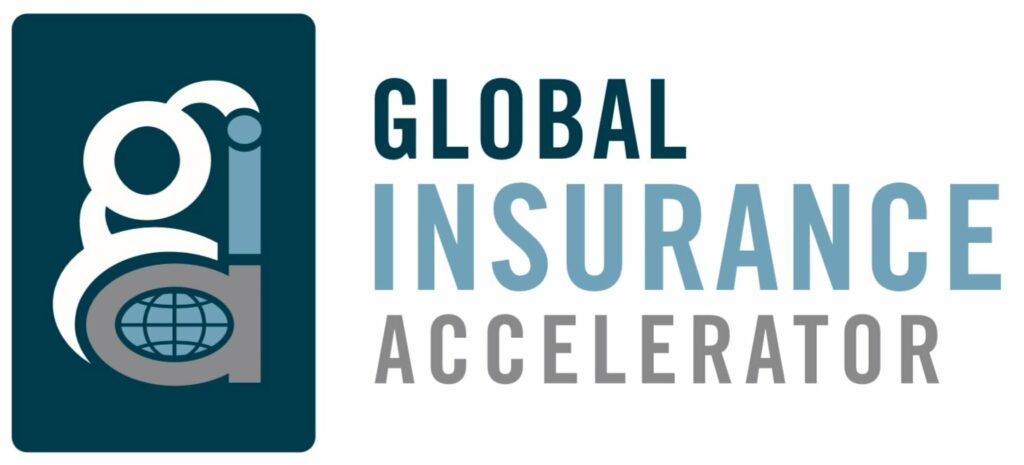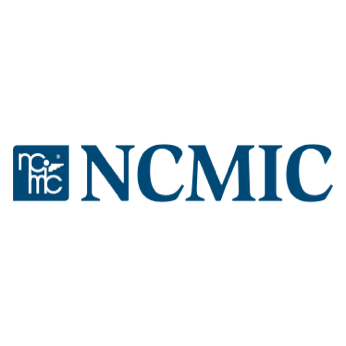Banking leaders prepare for rate hike
To the certainties of life in a recovering economy, add rising interest rates. To the uncertainties in a banker’s life, add what to do to prepare for those rising rates.
That thought has been on the mind of Suku Radia, president and CEO of Bankers Trust Co.
The state’s largest privately held bank has an elaborate strategy to deal with interest rate risk management.But a letter earlier this year that was sent to lenders by the entire gaggle of their regulators left Radia wondering whether his bank was up to snuff.
It was, he said recently. In fact, Bankers Trust already met the guiding standards for managing interest rate risk that the regulators laid out in the letter.
“Everything that came out, we were already doing,” Radia said. “That from my standpoint was the most gratifying. I knew we were pretty buttoned up; we had a pretty sophisticated model.”
Still, he worries that some community banks could get caught off guard if interest rates were to spike over a fairly short period of time in the banking cycle, say two years or so.
“As we have evolved into a historically low interest rate environment, there are a lot of people who have become convinced that interest rates are going to have to go up,” Radia said. “There are a whole host of reasons that interest rates are going to go up. We know one thing: They can’t go down.”
Tom Gronstal, head of the Iowa Division of Banking, agreed that banks should be concerned about future rate increases.
“I think everybody is rightfully concerned about it. The problem is that nobody knows when this is going to happen,” he said. “I think what most banks need to do is make sure that they don’t have too much of their assets locked into a particular rate of interest that can’t be adjusted.
“When rates go up, the cost of funds do go up. They’ve got to make sure that they have enough assets that they can adjust their prices. It’s likely interest margins will be compressed at some point.”
Banks have been preparing for an interest rate reversal practically since the financial crisis began, and many found themselves holding fixed-rate loans that were suddenly valued at less than the day they were written.
The bulk of those loans were the result of deregulation of the banking industry and the competition that resulted for customers. But when the credit crisis struck, some banks found themselves holding long-term loans whose rates could not be balanced against rates paid on deposits.
Bankers Trust, like many Iowa banks, began turning away from fixed-rate loans. Today, about 60 percent of its loans have a variable interest rate, Radia said. Just three years ago, about 30 percent of the loans would have carried a variable interest rate.
“This crystal-clearly adds greater risk management to our balance sheet,” said Kip Albertson, the bank’s chief financial officer.
The bank is also among the few community banks in Iowa that use interest rate swaps as a hedge against fixed-rate loans. The complex financing arrangements are used when a client is determined to have a fixed-rate loan. In its most basic form, the bank would carry the loan and find an underwriter to carry a variable rate loan, with the borrower paying an additional fee based on the difference between the two interest rates.
Among the key points made in the letter from regulators was that banks should have risk measuring and monitoring systems in place. At Bankers Trust, that risk monitoring is done by a committee headed by Albertson that meets formally once a month and often meets on a daily basis.
In addition, the bank performs interest rate modeling, in which calculations are applied to interest rate changes of 200 to 400 basis points over several years.
“Because of the way we position our balance sheet, we’re exposed minimally to adverse circumstances as it relates to interest rates,” Albertson said.
Albertson heads up the bank’s risk monitoring committee, which is made up of bank staff with 10 to 25 years of experience in the industry. He said the sophistication of the bank’s financial models, as well as having a staff that has the expertise to interpret them, places Bankers Trust a step ahead in preparing for interest rate shifts.
Those systems might not be available to smaller banks, many of which are assisted in their risk assessments by their trade associations.
Bankers Trust also has taken pains to place its investments in instruments that have not been subject to the gyrations of the market over the past three years.
“We take the approach that we want an absolute pristine investment portfolio,” Radia said.
He pointed out that the bank had no exposure to Fannie Mae; it carries no corporate bonds, asset-backed securities or collateralized debt obligations among its investments.
Such instruments were at the heart of the financial collapse. A recent survey of commercial loans that have been purchased from failed banks shows that such financial packages are selling at 30 to 50 percent of original loan value.
“We’re patient; we’re fortunate that we have ownership and leadership that realize we need to be making some good sound business judgments and not chasing the yield of the day,” Albertson said.
“We are methodically managing at our discretion rather than the market’s discretion. We have very little in callable investments; we control cash flow and duration.”
Bankers Trust could be managing for an interest rate hike that is in the murky future.
“I see absolutely no sign that rates are going up. Mortgage rates are as low as we’ve ever seen them. I’m not seeing the engine that’s going to drive them forward,” said John Sorensen, president and CEO of the Iowa Bankers Association.
“My sense is that we’re looking at a slower-growth economy, and unless there is some calamity of some type that would drive rates up, it appears it would be a slower growth in interest rates, and when it is slower, it is much more manageable for financial institutions,” he said.
Sorensen said that Bankers Trust risk management models would be worth paying attention to.











